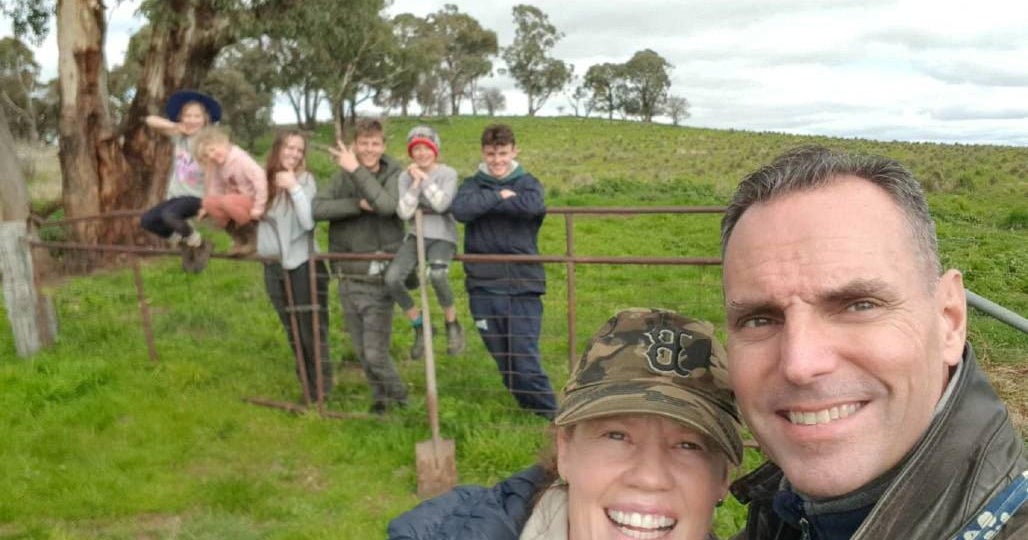Nurse in remote Australian town saves own life after heart attack
A nurse stationed on Australia's isolated far west coast experienced chest pain and dizziness -- signs of heart attack -- but he was almost a hundred miles from the next nearest medical facility.
So he pushed past the pain to diagnose and treat himself, according to a report of the case published March 8 in the New England Journal of Medicine.
The 44-year-old worked at a nursing post in remote Coral Bay, more than 600 miles from the nearest major city, Perth.
When his heart attack symptoms began, the unnamed nurse gave himself an electrocardiogram (ECG). He quickly emailed the results to an ER physician, using Australia's Emergency Telehealth Service.
"The electrocardiogram showed complete heart block," wrote medical staffer Felicity Lee and her colleagues at Sir Charles Gairdner Hospital in Nedlands, Western Australia.
Numerous other signs of serious heart attack were found on a second ECG the nurse emailed off to the doctors.
He quickly went to work to save himself, setting up his own intravenous line for the various drugs -- including clot-busters and painkillers -- needed to survive the attack.
He also "attached his own defibrillator pads and prepared adrenaline" plus two drugs needed to correct irregular heart rhythms, the report said.
Finally, the vessel blockage that was driving the heart attack cleared, and there was a "resolution" of the aberrations seen on the ECG -- and the nurse's symptoms, according to the report.
All of these steps bought him time until emergency help could arrive, the report said. The nurse was airlifted to a cardiology center in Perth, where he went on to receive a stent and drugs to help manage his heart condition.
"He was discharged home 48 hours later" with appropriate heart medications, Lee and her colleagues wrote.
They added that while the actions of this trained professional to save himself were essential in this case, "a person's self-management of a [heart attack] cannot be considered medically appropriate if any other option is available."
One U.S. expert agreed.
"Do not try to watch a You Tube video and do this on your own! Heart disease is still the leading cause of death and requires expert attention," said Dr. Cindy Grines, chair of cardiology at North Shore University Hospital in Manhasset, N.Y.
Luckily, in most of the United States, medical facilities with highly trained staff are only an ambulance ride away, she noted.
"Therefore, anyone with symptoms that may be a heart attack -- chest pressure or burning in neck, left arm or upper abdomen, unexpected sweating, difficulties breathing, weakness, dizziness -- needs to seek medical attention immediately," Grines said.
Dr. Satjit Bhusri is a cardiologist at Lenox Hill Hospital in New York City. He said that "this gentleman took advantage of whatever first aid material he had with him and essentially treated himself with the same medical strategy we would do in the hospital setting."
But it's a unique case, and for lay people, heart attack care is best left to the professionals, Bhusri added.
"When placed in such situations, it is imperative to always get help by any means necessary," Bhusri said. "It is also important to know signs and symptoms of a heart attack and know the basics of life support, if not only for oneself but also for others."



